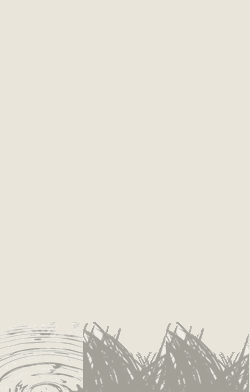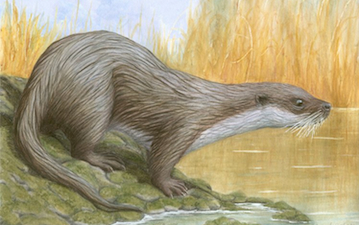The European Otter (Lutra lutra), also known as the Eurasian otter, Eurasian river otter, common otter and Old World otter, is a European and Asian member of the Lutrinae or otter subfamily, and is typical of freshwater otters.
It differs from the North American river otter by its shorter neck, broader visage, the greater space between the ears and its longer tail.[2]
The European Otter is the most widely distributed otter species, its range including parts of Asia and Africa as well as being spread across Europe. It is believed to be currently extinct in Liechtenstein, and Switzerland. It is proven to be extinct in the Netherlands. They are now very common in Latvia, along the coast of Norway and in Northern Great Britain, especially Shetland where 12% of the UK breeding population exist[3]. Ireland has the highest density of Eurasian otters in Europe.[citation needed] In Italy, they can be found in the Calore river area. These creatures live in the South Korean area, and are endangered.
The European Otter’s diet mainly consists of fish. However, during the winter and in colder environments fish consumption is significantly lower and the otters use other sources for their food supply. This diet can include birds, insects, frogs, crustaceans and sometimes small mammals, including young beavers[4]. In general this opportunism means they may inhabit any unpolluted body of freshwater, including lakes, streams, rivers, and ponds, as long as there is good supply of food. European Otters may also live along the coast, in salt water, but require regular access to freshwater to clean their fur. When living in the sea individuals of this species are sometimes referred to as “sea otters”, but they should not be confused with the true sea otter, a North American species much more strongly adapted to a marine existence.
(From Wikipedia, October 7th, 2010)
– – –
Common otters feed mainly on fish, and the occasional water bird or frog may be taken (3). Up to 15 % of an individual’s body weight in fish may be consumed daily (2). Common otters mark their large territories by depositing faeces (‘spraints’) in various prominent places (3). Breeding can occur throughout the year; two or three cubs are usually born in a den known as a holt, and 10 weeks later the cubs emerge above ground with their mother (3). Common otter mothers care for their offspring for about a year; it may take the cubs up to 18 months to learn to fish, and the mother helps this learning process by releasing live fish for the cubs to re-catch (2).
(From EOL via Arkive.org)
– – –




